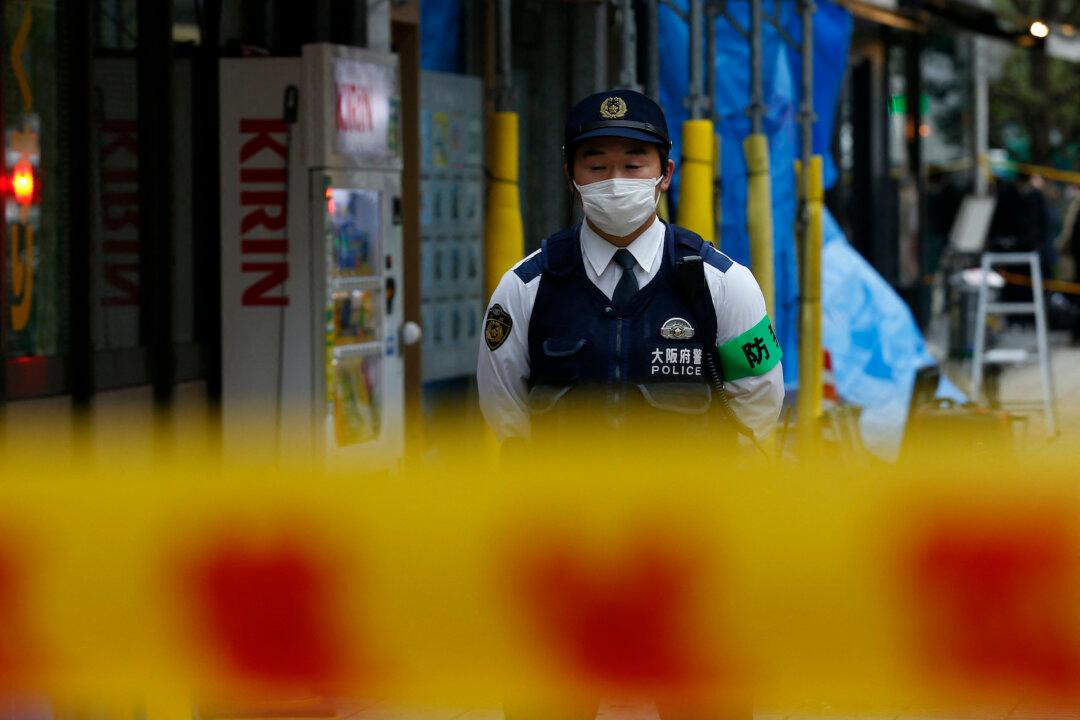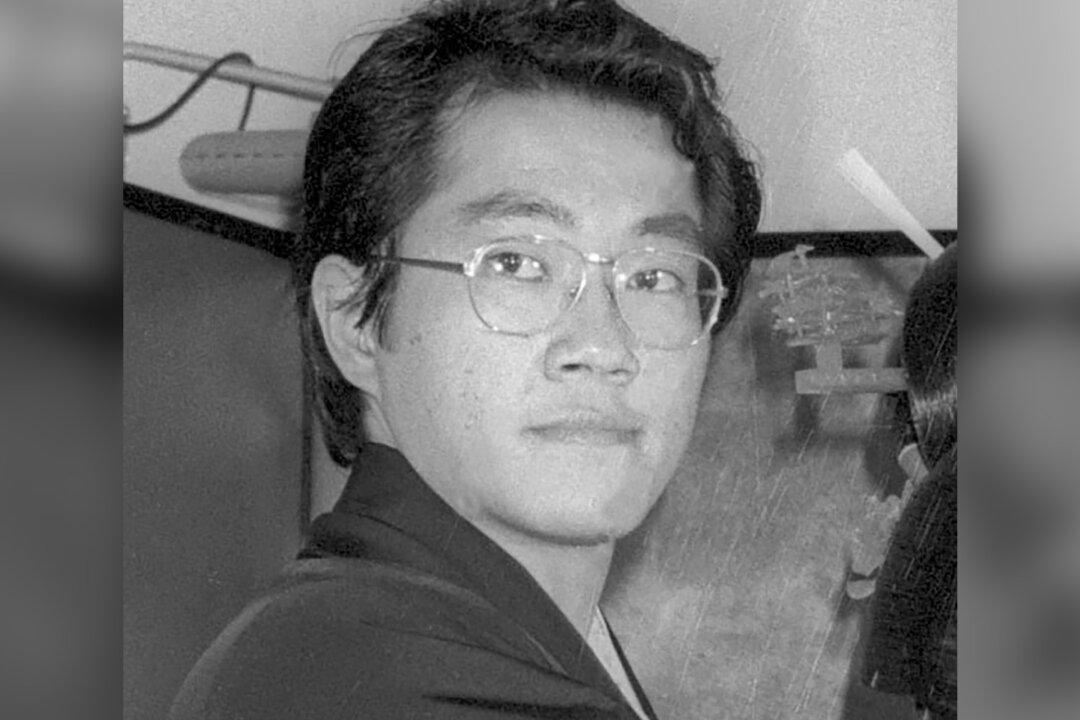Since the outbreak of COVID-19 three years ago, Beijing has ordered the construction of countless makeshift hospitals nationwide, some costing as much as 10,000 yuan (about $1,500) per square meter. Those facilities were primarily used to quarantine mild to asymptomatic COVID-positive patients.
However, when Beijing abruptly ended its Zero-COVID policy last December, makeshift hospitals nationwide were abandoned, and many in construction were left unfinished. The regime spent large sums of money on these projects amid nearly three years of draconian COVID-19 restrictions.
Makeshift hospitals, also known as “Fangcang hospitals” or mobile field hospitals, were widely used in China during the COVID-19 pandemic. The facilities were temporary shelters for mandatory isolation of those who tested positive for COVID-19, regardless of the severity of their symptoms.

A recent report on NetEase, a Chinese state-owned news network, said a colossal makeshift hospital in Guangzhou, capable of quarantining 80,000 people, was abandoned after the regime walked back its stringent pandemic restrictions.
The facility was hastily completed in November last year, with over 6,000 workers participating in its construction. It has a covered area of 814,600 square meters (about 8.77 million square feet) and a construction area of 547,100 square meters (about 5.89 million square feet). It houses 21,870 rooms and over 78,000 isolation beds.
It is reportedly the largest makeshift hospital ever constructed in Guangzhou. The report did not disclose how much it cost to build.
The local government of Minquan County, Henan Province, reportedly invested 250 million yuan (about $37 million) to build a 10,000-square-meter makeshift hospital, with an average cost of 25,000 yuan (about $3,700) per square meter. However, the construction was canceled in December last year as Beijing lifted pandemic control measures.
Minquan County is a resource-poor county in China, with a population of 700,000. The millions were wasted on a project that never saw the light of day.
Likewise, in May last year, Shangqiu City, Henan Province, spent 135 million yuan (about $20 million) on building permanent shelters with 1,000 isolation rooms.
In Shandong, the provincial government invested 23 billion yuan (about $3.387 billion) to build makeshift hospitals province-wide. Over 119 isolation shelters with more than 200,000 beds were constructed in its prefecture-level cities, including Jining, Zibo, Zaozhuang, Dongying, Yantai, Weifang, Jining, Tai’an, Weihai, Rizhao, Binzhou, Dezhou, Liaocheng, Linyi, and Heze.
Most of the facilities were completed by the end of last year as required by the local authorities, but none are currently in use.
Current affairs commentator Qin Peng told The Epoch Times that makeshift hospitals might be the largest unfinished project in the history of the Chinese regime. In addition to the super-sized makeshift hospitals, the Chinese Communist Party built a manifold of isolation facilities nationwide for the sole purpose of achieving “Zero-COVID.”





